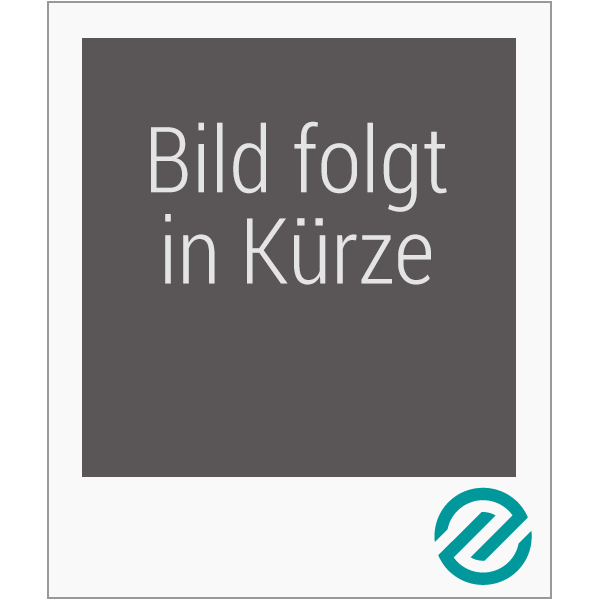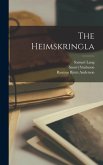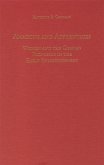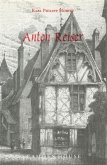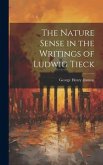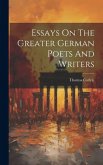Short description/annotation
Traces the turbulent history of Helsinki in a period of rapid change, examining its society and culture from Russian to Finn.
Main description
This book traces the cultural and social history of Helsinki during a period in which, as the capital of Russia's semi-autonomous Grand Duchy of Finland, it underwent radical changes. The author shows how, from a mercantile and shipping town, Helsinki became the seat of the government and university, the notable city-planner Johan Albrecht Ehrenström and the genius of Karl Ludvig Engel, an architect from Berlin, making it into a Neo-Classical show-piece. However, by the 1860s a swiftly growing Finnish population demanded their own rights; Professor Schoolfield describes the many transformations which took place in an increasingly bilingual environment, and how national-romantic passions led to a remarkable outburst of creative activity - such as the music of Sibelius and the paintings of Edelfeldt and Gallen-Kallela, the architecture of Saarinen and Sonck, and the literature of Tavaststjerna and Eio Leino. The political and social tensions culminated in Finland's independence in 1917, and the bloody Finnish Civil War in the following year.
Hinweis: Dieser Artikel kann nur an eine deutsche Lieferadresse ausgeliefert werden.
Traces the turbulent history of Helsinki in a period of rapid change, examining its society and culture from Russian to Finn.
Main description
This book traces the cultural and social history of Helsinki during a period in which, as the capital of Russia's semi-autonomous Grand Duchy of Finland, it underwent radical changes. The author shows how, from a mercantile and shipping town, Helsinki became the seat of the government and university, the notable city-planner Johan Albrecht Ehrenström and the genius of Karl Ludvig Engel, an architect from Berlin, making it into a Neo-Classical show-piece. However, by the 1860s a swiftly growing Finnish population demanded their own rights; Professor Schoolfield describes the many transformations which took place in an increasingly bilingual environment, and how national-romantic passions led to a remarkable outburst of creative activity - such as the music of Sibelius and the paintings of Edelfeldt and Gallen-Kallela, the architecture of Saarinen and Sonck, and the literature of Tavaststjerna and Eio Leino. The political and social tensions culminated in Finland's independence in 1917, and the bloody Finnish Civil War in the following year.
Hinweis: Dieser Artikel kann nur an eine deutsche Lieferadresse ausgeliefert werden.

